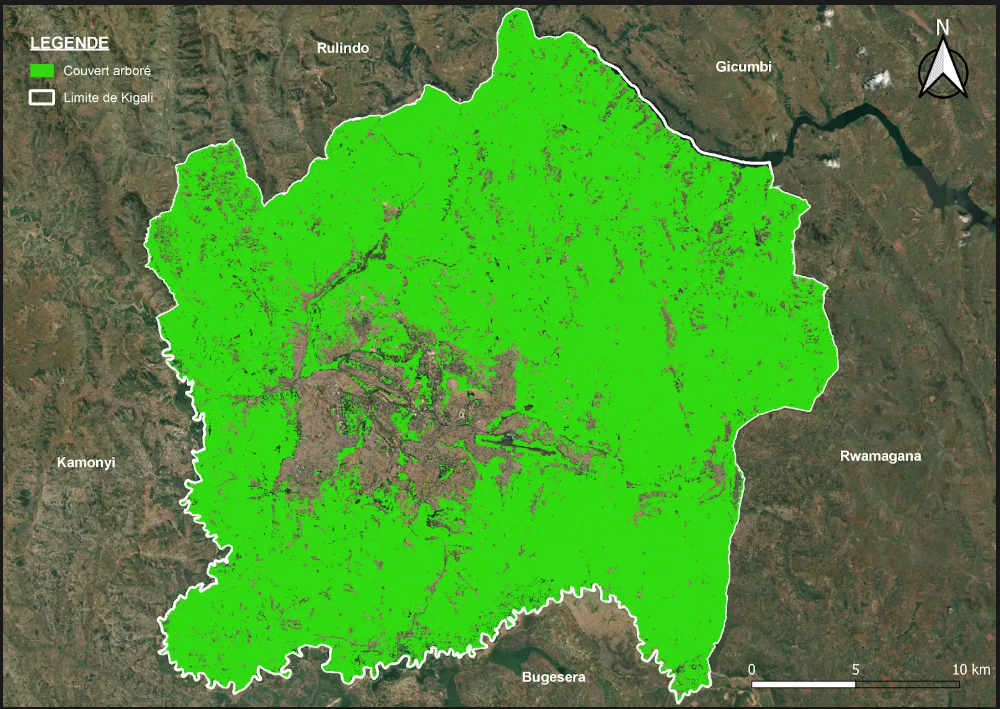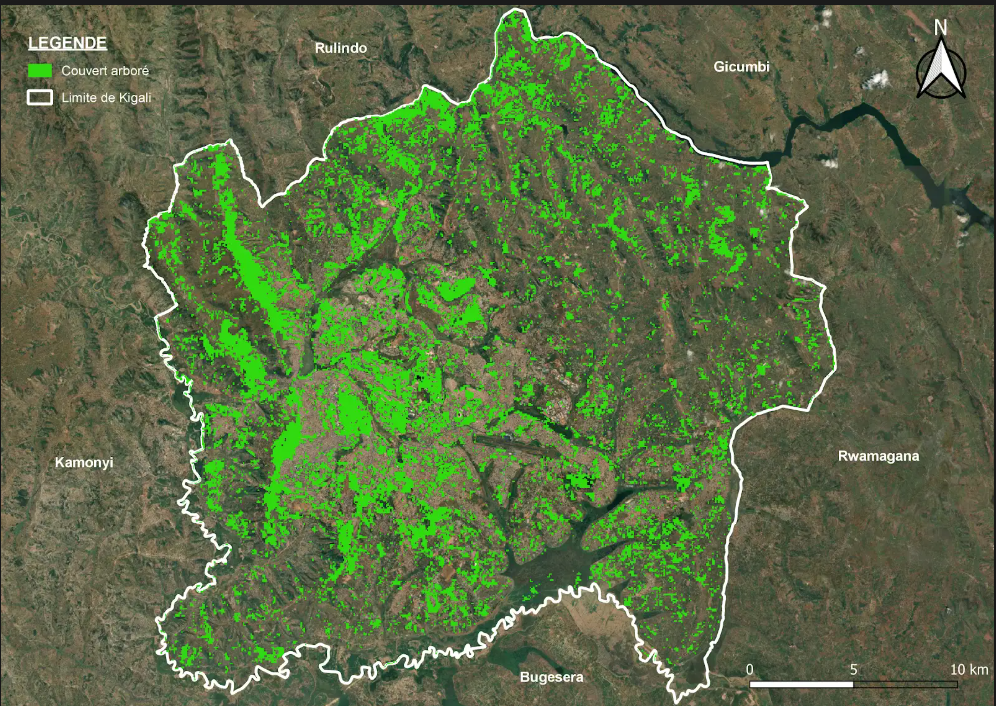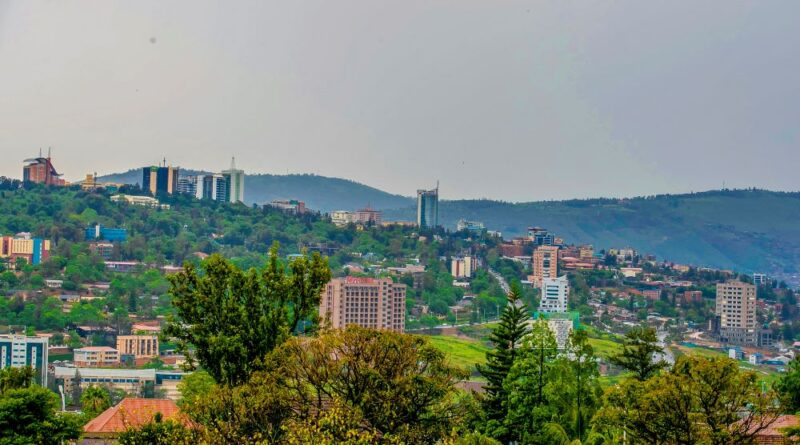The increasing of population in Kigali: A trigger for the deterioration of Its forests
In Kigali, the issue of forest degradation has become a growing concern as the city’s population continues to rise day by day.
Forests in Kigali cover 17% of the city’s land area, but between 2009 and 2019, there was a 23% decline in forest cover, while the area of tree planting increased by 26%. This means that the forest area grows by 2.6% annually, but it is shrinking by 2.3% annually, showing that the decline in forest cover is greater than the increase.
Long-time residents of Kigali, such as Musengamana Silas, recall that much of the city used to be covered in forests, but this has diminished due to human activities, including infrastructure development, construction, and wetland excavation.
He says, “In the past, places like Kimisagara had various trees such as imigenge, ibihuuru, and bananas. But now, there are no trees left because roads and other infrastructures have been built.” This has led to the loss of forest landscapes, with soil erosion particularly affecting areas that used to be forests.
The history of forest degradation shows that places that were once home to indigenous trees, such as Imigenge in Nyarugenge and Imihurura in Gasabo, have seen a reduction due to construction and population growth. These activities have transformed urban areas, leaving behind only small patches of trees where forests once stood.
Experts in forestry, like Mukurarinda Athanase, are calling for urgent measures to increase tree planting and protect the environment. They highlight that urban development and waste excavation are major contributors to the serious issue of diminishing forests.
He adds, “Climate change, flooding, and erosion are consequences of the ongoing reduction of valuable trees.” He also points out that the runoff from buildings exacerbates the problem, but planting trees remains one of the best solutions.
Some residents are pushing for expanded tree planting programs in cities. For example, Mukanoheli Jeanne, 70 years old, says, “In the past, Kigali had forests and shrubs, but now there are fewer trees. If every household planted a tree, the air quality would improve.”
The City of Kigali authorities are taking steps to address this issue, with a plan to plant three million trees over five years.
Samuel Dusengiyumva, the Mayor of Kigali, explains that this plan will help combat problems like poor air quality, soil erosion, and the loss of land to flooding.
He says, “That’s why, during this five-year term, we will plant three million trees, and we have the capacity to do so. We will ensure that the trees are well maintained and do not die easily.”
In addition to these measures, there is a project called SUNCASA, aimed at fighting flooding and promoting easy tree planting. The project initially planted 25,000 trees in Kigali and will continue in other cities like Dire Dawa in Ethiopia and Johannesburg in South Africa.
Moreover, the Save Environment Initiatives organization continues to collaborate with youth to plant trees at the urban level. The initiative has started by planting 100,000 tree seedlings in schools across Kigali and giving children trees to take home to their families.
The growing population in Kigali, as shown by the national census conducted by the National Institute of Statistics of Rwanda (NISR), continues to raise concerns about land and forest-related issues.
This population increase could have adverse effects on the environment, necessitating solid measures to address these challenges, including continuing tree planting programs and helping residents preserve the environment.



